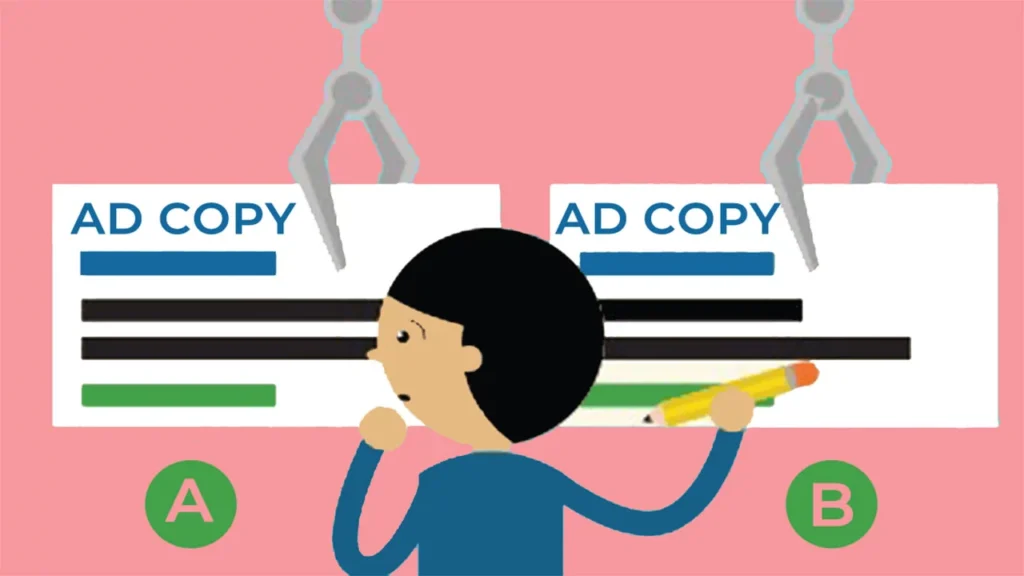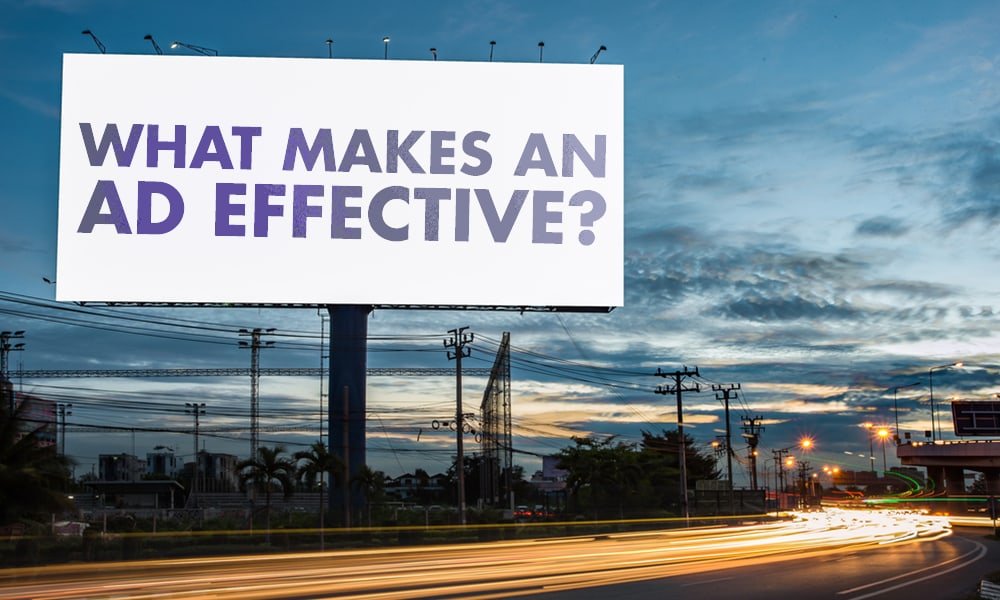Advertising is an essential part of marketing, and one of the most crucial elements of a successful ad campaign is ad copywriting. Every brand, whether big or small, relies on well-crafted ad copy to engage audiences, create interest, and drive conversions. But what exactly does ad copywriting mean? In what ways can companies utilize compelling advertising copy to optimize outcomes? In this in-depth guide, we will explore the meaning of ad copywriting, the role of an advertising copywriter, how to create compelling ad copy, the skills required for success, and the top strategies for writing high-converting advertising copy.

Ad copywriting meaning?
The craft of ad copywriting involves producing written material for ads that is persuasive and captivating. Unlike general content writing, which focuses on providing information, ad copywriting is designed to capture attention, evoke emotions, and encourage the target audience to take a specific action—whether it’s making a purchase, signing up for a newsletter, or clicking on a link.
Ad copy appears in various formats, including:
- Pay-per-click (PPC) campaigns and Google Ads
- Social media advertisements (Facebook, Instagram, LinkedIn, Twitter, TikTok, etc.)
- Display ads and banner ads
- TV and radio ads
- Email marketing campaigns
- Print ads, brochures, and billboards
Effective ad copywriting follows a structured approach, combining marketing psychology, consumer behavior insights, and strong messaging techniques. Successful copywriters craft messages that resonate with audiences, focusing on benefits rather than just product features.
What is a Copywriter in Advertising?
A copywriter in advertising is a professional responsible for writing persuasive and strategic marketing messages that drive customer engagement and sales. They specialize in creating ad content that aligns with brand goals while appealing to the emotions, needs, and desires of the target audience.
Roles and Responsibilities of an Advertising Copywriter:
- Understanding Brand Voice: Crafting copy that aligns with the company’s tone and values.
- Conducting Market Research: Identifying customer pain points, trends, and competitive positioning.
- Writing Compelling Headlines: Creating engaging headlines that attract attention immediately.
- Crafting Persuasive Ad Copy: Developing content that highlights the product’s benefits and unique selling proposition (USP).
- Optimizing for Digital Platforms: Writing copy that is SEO-friendly for online ads and campaigns.
- A/B Testing Copy Variations: Testing different versions of copy to determine which performs best.
- Analyzing Ad Performance: Tracking key metrics such as click-through rates (CTR) and conversion rates to refine strategies.
Copywriters in advertising work in various industries, including e-commerce, technology, healthcare, finance, and entertainment. Their role is to translate marketing objectives into words that inspire action. And you will learn ad copywriting meaning.

How to Make an Ad Copy
Creating an effective ad copy requires a blend of creativity, strategy, and clarity. Below is a step-by-step process to help you craft high-converting ad copy.
Step 1: Identify Your Audience
Before writing any ad copy, research your target audience. Understand their demographics, interests, problems, and desires. This helps tailor your message to resonate with them.
Step 2: Define Your Unique Selling Proposition (USP)
Your USP is what sets your product or service apart from competitors. It should be clear, concise, and impactful. Instead of focusing only on features, highlight the benefits that solve your customer’s problems.
Step 3: Write an Attention-Grabbing Headline
A headline is the first thing a user sees. Make it strong, concise, and relevant. Examples of effective headlines include:
- “Save 50% on Your First Order – Limited Time Only!”
- “Struggling with Weight Loss? Try This Simple Trick!”
- “Boost Your Sales with Our AI-Powered Marketing Tool!”
Step 4: Keep It Short and Persuasive
Most ad platforms have character limits, so every word must count. Keep your copy clear, direct, and engaging.
Step 5: Add a Strong Call to Action (CTA)
Your CTA tells the audience what to do next. Effective CTAs include:
- “Shop Now”
- “Sign Up for Free”
- “Get Started Today”
- “Download Your Free Guide”
Step 6: Test and Optimize
A/B test different variations of your ad copy to determine which version performs best. Use data-driven insights to improve future campaigns.

What Skills Does an Ad copywriting Copywriter Need?
To become a successful advertising copywriter, you need a mix of technical, creative, and analytical skills. Here are some key skills:
1. Creativity and Storytelling
Great copywriters craft engaging stories that capture attention and build emotional connections with audiences.
2. SEO and Digital Marketing Knowledge
For digital ads, understanding SEO principles and keyword optimization can improve visibility and performance.
3. Consumer Psychology and Persuasion
A deep understanding of human psychology helps in crafting messages that trigger emotions and drive action.
4. Data Analysis and Performance Tracking
Analyzing campaign metrics such as CTR, impressions, and conversions helps in refining copy for better results.
5. Adaptability and Versatility
Copywriters must be able to write for different brands, tones, and formats, from social media ads to long-form sales copy.

5 Tips for Writing Effective Advertising Copy
Here are some expert tips to help you write better ad copy:
1. Use Power Words
Words like “exclusive,” “limited-time,” “free,” “proven,” and “guaranteed” create urgency and increase engagement.
2. Focus on Benefits, Not Features
Instead of saying “Our software has AI integration,” say “Save time and increase productivity with AI-powered automation.”
3. Keep Sentences Short and Engaging
Avoid long-winded sentences. Short, impactful messages work best in advertising.
4. Leverage Social Proof
Testimonials, case studies, and reviews can add credibility and influence decision-making.
5. Create a Sense of Urgency
Phrases like “Offer Ends Soon” or “Only a Few Spots Left” encourage immediate action.
Conclusion
Understanding ad copywriting meaning and mastering its techniques is essential for any business looking to increase engagement and conversions. A well-written ad copy can drive significant results by capturing attention, generating leads, and persuading customers to take action.
If you need expert ad copywriting services, let us help you create high-converting ads that maximize ROI. Contact us today and let’s craft compelling advertising copy that drives real results!